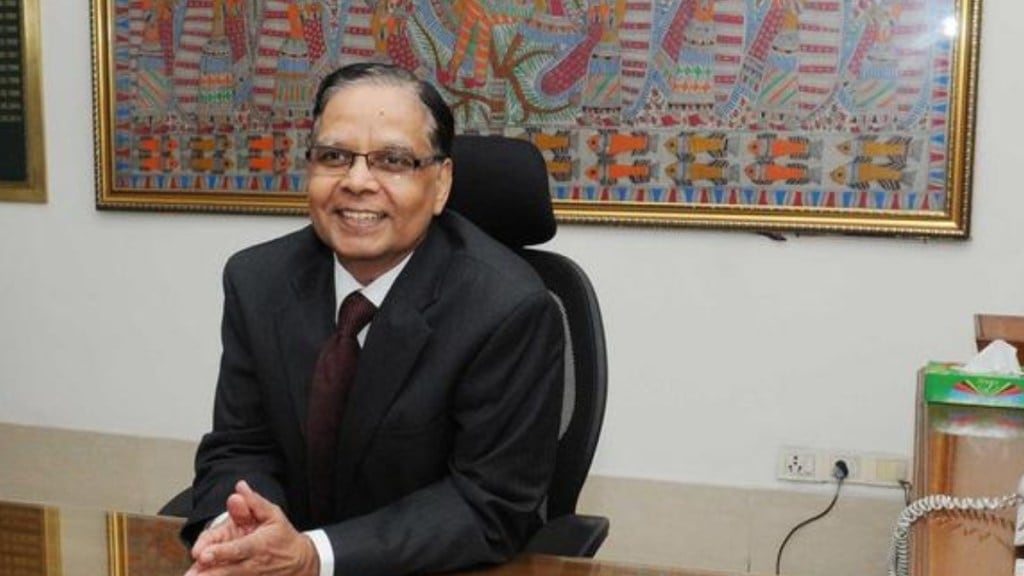Referring to the rise of India’s fortune after the rupee was devalued in 1991, Sixteenth Finance Commission chairman Arvind Panagariya on Monday said the current policy of allowing the rupee to depreciate in the long run while managing it in the short run is the right one.
“The devaluation of the rupee was incredibly hard in 1991, but that was such an incredibly important step. The entire liberalisation would have failed had the devaluation not been done,” Panagariya said at the Express Idea Exchange commending the then finance minister Manmohan Singh for successfully pushing that policy.
The 1991 devaluation opened the door for further depreciation of the rupee. Within a decade, the rupee had reached from Rs 17-18 per US dollar in 1991 to Rs 46 per dollar in 2002 or 2003. The devaluation paved the way for the benefits of liberalisation to fructify, said Panagariya who authored the recent book: The Nehru Development Model.
“In the decade that followed, exports of merchandise alone rose from $50 billion in 2002 to$300 billion in 2011-12…within a decade six-fold increase.”
The exchange rate was Rs 61 in 2014 and today at around 86. So, it’s not as dramatic as from 1992 to 2022, but still, considerable depreciation has happened.
He said rupee depreciation provides some protection, which is what helped the 1991 reforms. “Exports flourished, imports licensing liberalised and tariffs were brought down,” he said, adding that depreciation works in many ways for the good of economic fortunes.
Since the 1966 experience, currency devaluation was generally perceived to be something not really very good about it. Face with balance of payment crisis, the then Indira Gandhi government devalued the rupee by 57% to a dollar, triggering bitter criticism in the Parliament and media that it was “sell-out to America and the World Bank.”
However, Panagariya said at the policy level India is a lot wiser after the brief period of 2009 to 2015, when it allowed the rupee to find its own place with a hands-off approach. India faced some headwinds due to this approach when the US Federal Bank decided to taper its quantitative easing program, leading to outflows.
“I still think that what we have done, generally speaking, has been the right policy…not lean against exchange rate movement that the market is generating in the longer run. If in the longer run rupee need to depreciate for obvious reasons our inflation rate is generally higher than many of our trading partners. So, you do need the rupee to depreciate. We do that. But in the short run, we try to smooth this out”
Panagariya said it was unwise to have a handsoff approcha to exchange rate management given that India is recipient of very large remittances, a net importer of capital. Large dollar inflows cause the rupee to appreciate in real terms. “I don’t think it (appreciation) will be very good for export side of the equation. If you allow rupee to depreciate a bit, liberlising imports become easier.”

